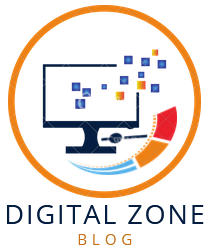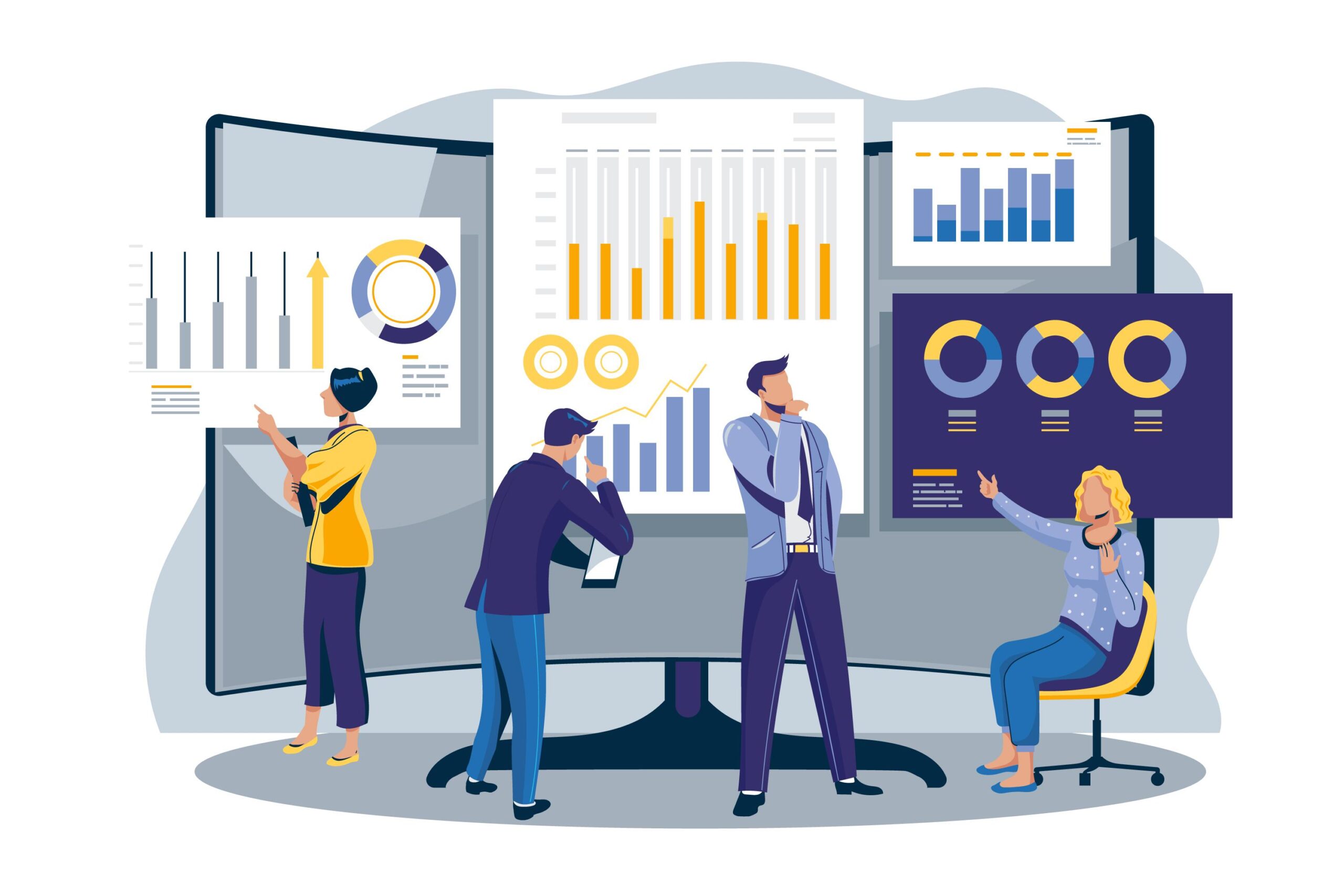
In today’s digital age, data is the lifeblood of successful businesses. The ability to collect, analyze, and interpret data effectively can be the difference between success and failure. Data analysis web applications have emerged as indispensable tools for organizations seeking to gain insights from their data, make informed decisions, and drive growth. In this article, we will delve into the intricacies of data analysis web applications, exploring their benefits, key features, and the impact they have on various industries.
Understanding Data Analysis Web Applications
Data analysis web applications are sophisticated software platforms that enable users to process and analyze data over the web. These applications provide a range of functionalities, from basic data visualization to advanced predictive analytics. They are designed to handle large datasets, perform complex computations, and present results in an easily interpretable format. The primary goal of these applications is to transform raw data into actionable insights.
Key Features of Data Analysis Web Applications
1. User-Friendly Interface
One of the most critical features of a data analysis web application is its user-friendly interface. A well-designed interface allows users to navigate through the application effortlessly, access different tools, and perform analyses without requiring extensive technical knowledge. Drag-and-drop functionalities, customizable dashboards, and intuitive design elements enhance the user experience.
2. Data Integration
Effective data analysis applications must support seamless integration with various data sources. Whether it’s SQL databases, NoSQL databases, cloud storage, or APIs, the ability to import and synchronize data from multiple sources is crucial. This integration capability ensures that users have access to the most up-to-date and relevant data for their analyses.
3. Advanced Analytics
Advanced analytics capabilities are at the core of data analysis web applications. These include statistical analysis, machine learning algorithms, predictive modeling, and data mining techniques. With these tools, users can uncover hidden patterns, forecast future trends, and make data-driven decisions.
4. Real-Time Processing
In today’s fast-paced business environment, real-time data processing is a necessity. Data analysis web applications equipped with real-time processing capabilities allow users to analyze data as it is generated. This immediacy is vital for applications such as fraud detection, stock market analysis, and operational monitoring.
5. Data Visualization
Data visualization is a powerful feature that helps users understand complex data sets through graphical representations. Charts, graphs, heatmaps, and other visual tools make it easier to identify trends, outliers, and correlations. Effective visualization aids in communicating findings to stakeholders and facilitates better decision-making.
Benefits of Using Data Analysis Web Applications
1. Enhanced Decision-Making
By providing actionable insights, data analysis web applications empower organizations to make informed decisions. Whether it’s identifying market opportunities, optimizing operations, or improving customer experiences, the ability to base decisions on solid data is a significant advantage.
2. Increased Efficiency
Automation of data processing tasks reduces the time and effort required to analyze data manually. Data analysis web applications streamline workflows, allowing employees to focus on more strategic activities. This efficiency translates into cost savings and improved productivity.
3. Competitive Advantage
Organizations that leverage data analysis web applications gain a competitive edge. Access to real-time data and advanced analytics enables businesses to respond swiftly to market changes, anticipate customer needs, and stay ahead of competitors.
4. Improved Accuracy
Manual data analysis is prone to errors and inconsistencies. Data analysis web applications minimize these risks by automating calculations and standardizing processes. The result is more accurate and reliable data, leading to better outcomes.
Impact on Various Industries
1. Healthcare
In the healthcare industry, data analysis web applications play a pivotal role in patient care, medical research, and operational efficiency. By analyzing patient data, healthcare providers can identify trends, predict disease outbreaks, and tailor treatments to individual patients. Additionally, these applications help in optimizing hospital operations and managing resources effectively.
2. Finance
The finance sector relies heavily on data analysis for risk management, investment strategies, and regulatory compliance. Data analysis web applications provide real-time insights into market conditions, assist in fraud detection, and support algorithmic trading. Financial institutions use these tools to enhance decision-making and ensure stability in volatile markets.
3. Retail
Retailers use data analysis web applications to understand customer behavior, optimize inventory, and personalize marketing efforts. By analyzing sales data and customer feedback, retailers can identify popular products, predict demand, and improve the overall shopping experience. These insights drive sales and enhance customer loyalty.
4. Manufacturing
In manufacturing, data analysis web applications are used for quality control, predictive maintenance, and supply chain optimization. By monitoring production processes and analyzing data from sensors, manufacturers can detect anomalies, prevent equipment failures, and streamline operations. This results in higher efficiency and reduced downtime.
Future Trends in Data Analysis Web Applications
1. Artificial Intelligence and Machine Learning
The integration of artificial intelligence (AI) and machine learning (ML) is transforming data analysis web applications. AI and ML algorithms enable applications to learn from data, improve over time, and provide more accurate predictions. This advancement is driving innovation across various industries.
2. Big Data Analytics
As the volume of data continues to grow, big data analytics is becoming increasingly important. Data analysis web applications are evolving to handle massive datasets, providing the tools needed to analyze and extract valuable insights from big data. This capability is crucial for industries such as e-commerce, social media, and IoT.
3. Enhanced Data Security
With the rise of data breaches and cyber threats, data security is a top priority. Future data analysis web applications will incorporate advanced security measures, such as encryption, access controls, and secure data storage, to protect sensitive information. Ensuring data privacy and compliance with regulations will be paramount.
4. Cloud-Based Solutions
The adoption of cloud-based data analysis web applications is on the rise. Cloud solutions offer scalability, flexibility, and cost-effectiveness, making them an attractive option for businesses of all sizes. These applications enable remote access, collaboration, and integration with other cloud services, enhancing their utility and accessibility.
Conclusion
Data analysis web applications are revolutionizing the way organizations harness the power of data. With features like user-friendly interfaces, data integration, advanced analytics, real-time processing, and data visualization, these applications provide immense value. They enhance decision-making, increase efficiency, and offer a competitive advantage across various industries. As technology continues to evolve, data analysis web applications will become even more sophisticated, driving innovation and growth.

